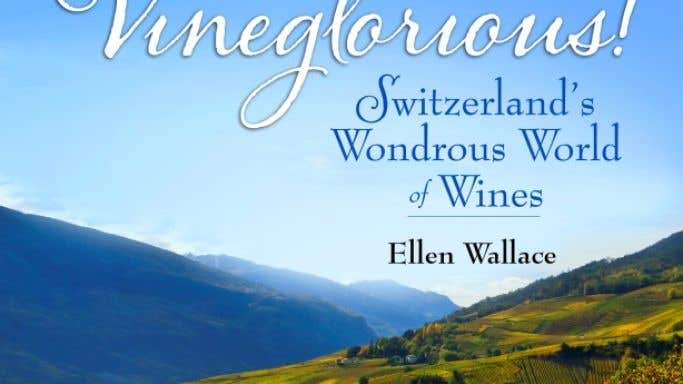5 January 2017 We're republishing this group of Tam's wonderfully thorough wine-book reviews free today as part of our regular Throwback Thursday series.
27 December 2016 For links to all of Tam's reviews of wine books published in 2016, see this guide.
Port and the Douro
Richard Mayson
Infinite Ideas
£30, $40

The third edition of Richard Mayson's book came out in 2013 and Paul O'Doherty reviewed a pre-publication copy here in 2012. This is a 2016 reprint, with, rather flatteringly, Paul's comment that it's 'a fantastic read from the get-go' on the front cover. I contacted publisher Infinite...

